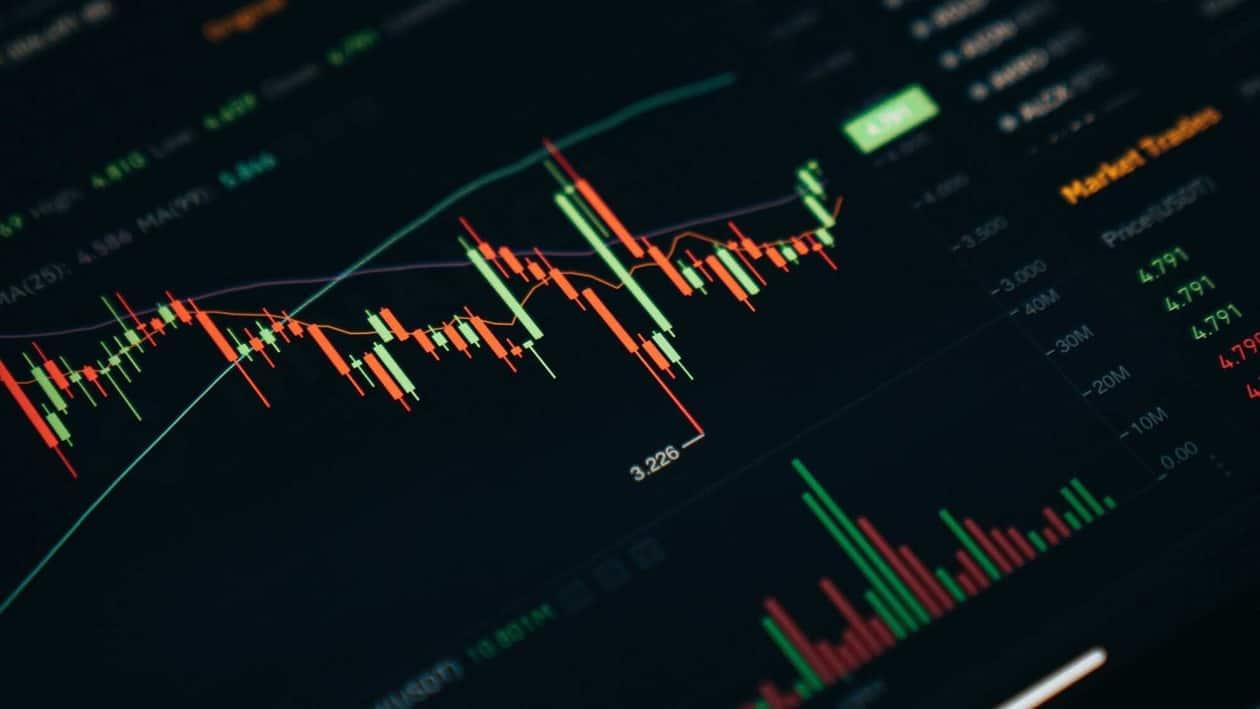A triangle pattern develops in the middle of a trend and typically indicates that the existing trend is likely to continue. As price travels sideways, a triangle chart pattern is generated by drawing two converging trendlines. A following breakout in the direction of the previous trend is sometimes used by traders as a cue to enter a trade.
The triangle pattern is sometimes referred to as a "continuation pattern," which means that the price will continue to move in the same direction as it was before the pattern formed. They are common in the forex market and have three primary types. These patterns give traders a better understanding of price movement in the future.
Types of Triangle Pattern
Symmetrical Triangle Pattern
A symmetrical triangle chart pattern generally represents a decrease in market volatility. In other words, market volatility is gradually decreasing and might shortly break out or collapse. This pattern appears when the price of a share is consolidating in a way that results in two converging trend lines having almost identical slopes.
This chart's pattern alone indicates that the share price will continue to stabilise before being compelled to decline or rise. A new bearish trend would start if the lower trendline had a breakdown. In contrast, a breakthrough of the upper trendline denotes the start of a fresh bullish advance. It can be said that both the buyers and the sellers are not pushing the price far enough to establish a distinct trend, so if this were a combat between them, it would finish in a draw.
Ascending Triangle Pattern
The ascending triangle is a bullish continuation pattern, signalling that as price keeps making higher lows, buyers are acting more aggressively than sellers. It is identified by a rising lower trendline and a flat supporting upper trendline that serves as a support. Price exiting the triangle in the direction of the general trend completes the pattern.
A trend's likelihood of reversing or continuing will depend on where the ascending triangle is in respect to the trend. The ascending triangle may emerge at the bottom of a downward trend, signalling that the downward momentum is waning before perhaps reversing course. As a result, it is essential to pay attention to where the pattern emerges.
Descending Triangle Pattern
The descending triangle pattern, sometimes referred to as the "falling triangle," is one of the finest continuation patterns that occur in the middle of a trend. It represents a bearish chart pattern and is applied in technical analysis, which is created by connecting a series of lower highs with one horizontal trend line and a series of lows with another.
RAED MORE: All you need to know: Five bearish candle patterns for trading in the stock markets
It takes the shape of a downward sloping triangle with support and a slope of lower highs. The support prevents further downward movement in the price of the securities and the lower highs indicate that there is more selling pressure now. As price keeps hitting lower highs, this trend suggests that sellers are being more aggressive than buyers.This demonstrates the bears' strength and willingness to sell more for the stock
Additionally, it is usually advisable to be aware of the trend before the consolidation phase. Then utilise upper and lower trendlines appropriately to determine which triangle pattern is forming.
